Cheong Wa Dae (Blue House) (청와대)
2.3Km 2024-10-30
1, Cheongwadae-ro, Jongno-gu, Seoul
+82-2-1330
The signature markings of the Presidential Residence of Cheong Wa Dae are its blue tiles on the Main Office; it is the first thing to catch one's attention upon viewing the premises. Approximately 150 thousand tiles compose the roof of the Main Office. Each tile was baked individually to make them strong enough to last for hundreds of years. The blue tiles and the smoothly curving roofline blend beautifully with Bugaksan Mountain in the backdrop.
Cheong Wa Dae is comprised of the Main Office, Yeongbingwan (State Guest House), Chunchugwan (Spring and Autumn) Hall, Nokjiwon Garden, Mugunghwa (Rose of Sharon) Hill, and Chilgung Palace. It is interesting to see that all the buildings are unique and beautifully designed, built in the traditional Korean style. Just outside the premises is Cheongwadae Sarangchae, an exhibition hall showing the history of Cheong Wa Dae and the Korean presidency, as well as gifts received by heads of State over the years. The hall is open and free to all visitors.
Cheong Wa Dae Media Display (청와대 국민과 함께 영상전시)
2.3Km 2024-11-28
1 Cheongwadae-ro, Jongno-gu, Seoul
박주원 학예연구사 02-3771-8636
Cheong Wa Dae Media Display brightens the night through a media facade display on Yeongbingwan Hall. The display shows the history of Cheong Wa Dae through the theme "Twelve Lights".
Sujeong Pharmacy [Tax Refund Shop] (수정약국)
2.3Km 2024-04-22
1F, 195, Jangchungdan-ro, Jung-gu, Seoul
-
Bukchon Museum (북촌생활사박물관)
2.3Km 2022-08-30
90, Bukchon-ro 5na-gil, Jongno-gu, Seoul
+82-2-736-3957
The Bukchon Museum displays items that have been collected from Bukchon, a historical village that was once home to the nation’s nobility. The museum was founded to observe urban development that took place in the recent decades through collected and preserved veryday household items that were used by Bukchon residents. Visitors are even allowed to touch items on display to better be able to imagine life in Korea before industrialization.
Pyeongando Jokbal (평안도족발집)
2.3Km 2021-03-30
174-6, Jangchungdan-ro, Jung-gu, Seoul
+82-2-2279-9759
Pyeongando Jokbal has a history of over 50 years, and is very popular among all the jokbal (pig's trotter) restaurants in the Jangchung-dong Jokbal Street area. The taste is outstanding, making this hard-to-find restauant a favorite among jokbal lovers.
GS25 - Dongdaemun Fashion Branch [Tax Refund Shop] (GS25동대문패션점)
2.3Km 2024-06-27
#101, 254, Eulji-ro, Jung-gu, Seoul
-
Samcheong Sujaebi (삼청동수제비)
2.3Km 2024-03-04
101-1 Samcheong-ro, Jongno-gu, Seoul
+82-2-735-2965
Samcheong Sujaebi is a handmade sujebi (hand-pulled dough soup) specialty restaurant located in Samcheong-dong. Sujebi is a dish made by tearing hand-pulled dough into pieces and boiling it in anchovy broth, among other broths. The signature menu features sujebi with sliced pumpkin, clams, and potatoes, all boiled together and served in a pot. Another specialty is the potato pancake made exclusively from 100% potatoes. Nearby attractions include Bukchon Hanok Village, the National Museum of Modern and Contemporary Art, and Gyeongbokgung Palace.
Nodaji Pumba(노다지품바)
2.3Km 2020-12-18
40 Jong-ro 35-gil Jongno-gu Seoul
+82-2-764-5814
You can enjoy egg cockle shabu-shabu. This Korean dishes restaurant is located in Jongno-gu, Seoul. The most famous menu is shabu-shabu.
Jongno Cheonggye Special Tourist Zone (종로 청계 관광특구)
2.3Km 2021-12-30
99, Yulgok-ro, Jongno-gu, Seoul
+82-2-2148-1861
Jongno Cheonggye Special Tourist Zone stretches from Seorin-dong to Changsin-dong between Cheonggyecheon Stream and Jong-ro. It includes Youth Street, Gwangjang Market, Sewoon Electronics Department Store, lighting stores, pharmacy & medical device stores, badge stores, Stamp Street, Stationery · Toy Market, Aquarium Street, Shoes Market, and other markets totalling to approximately 14,000 shops. Nearby attractions include modern high-story buildings as well as Gyeongbokgung, Changdeokgung, Changgyeonggung, Deoksugung, and Unhyeongung Palaces, Jongmyo Shrine, and Insa-dong, merging traditions, modernism, culture, and markets alike.
Thought to be at the heart of Seoul, Cheonggyecheon Stream is located in the dense cultural area of Seoul where various press networks, organizations, bookstores and other major corporations are situated. Walking along Cheonggyecheon Stream is a famous activity for tourists. Also, the area is the venue for the Seoul Lantern Festival every winter. Keeping its traditional scene including narrow alleys, old-fashioned hanok buildings and various stores still fully intact, the tourist zone has enough fun places for sightseeing as well as tasty restaurants in every corner for a more enjoyable visit.
Choong Ang High School (중앙고등학교)
2.3Km 2024-10-24
164 Changdeokgung-gil, Jongno-gu, Seoul
+82-2-742-1321
Choong Ang High School is located in Jong-ro near Samcheongdong-gil. It was built to educate the public at the beginning of the 20th century. The school’s main building was reconstructed in 1937 after the original two-story brick house was destroyed in 1934. The main building situated in front of the main gate is a two-story H-shaped granite stone building in Gothic style, with a four-story tower in the middle.
The school holds historical significance because it was designed by Park Dong Jin, one of Korea's first modern architects and the designer of Korea University’s main building, library, and the Chosun Ilbo Newspaper Company building. The main building of Choong Ang High School is designated as Historic Site No. 281. Many national leaders were educated at the gothic building during the grim period when Korea was trying to escape Japanese colonial rule.
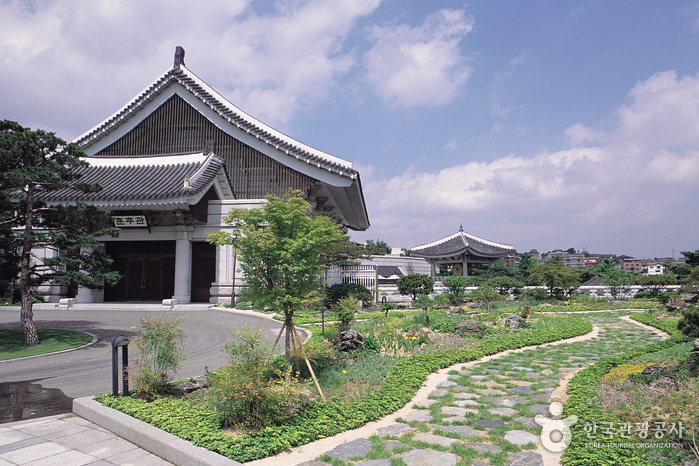
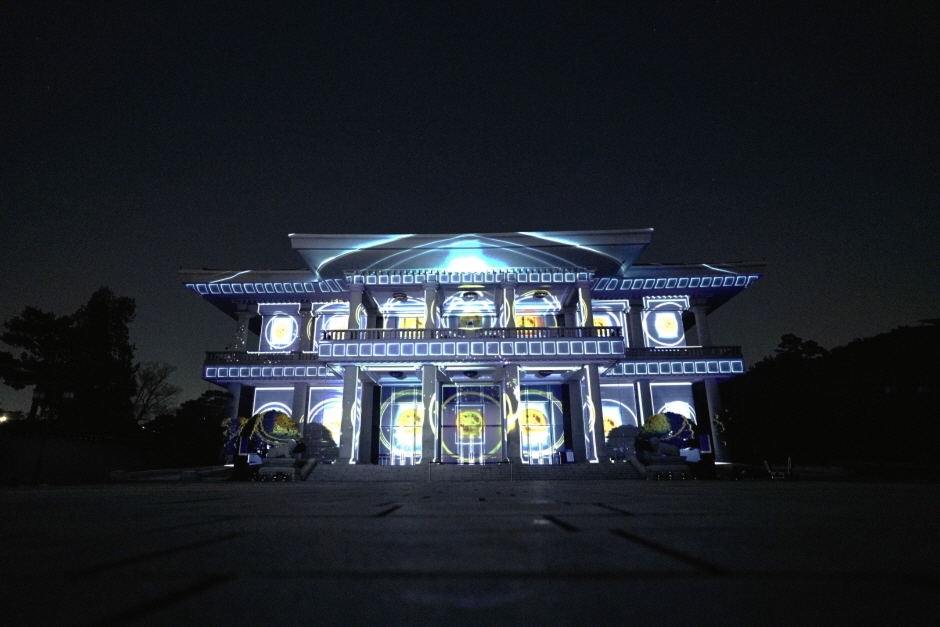
![Sujeong Pharmacy [Tax Refund Shop] (수정약국)](http://tong.visitkorea.or.kr/cms/resource/57/2878757_image2_1.jpg)
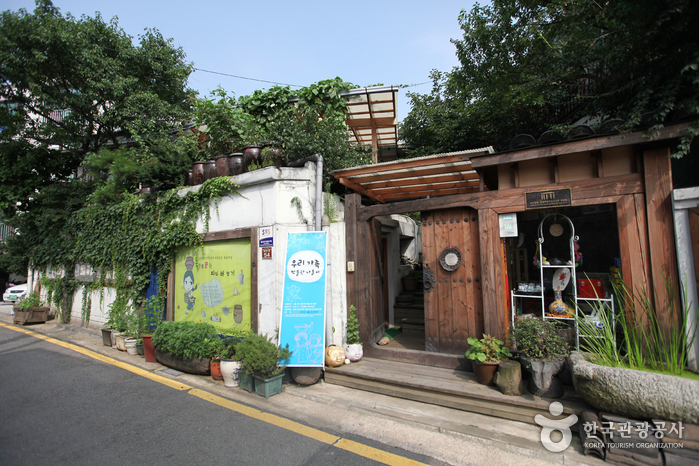
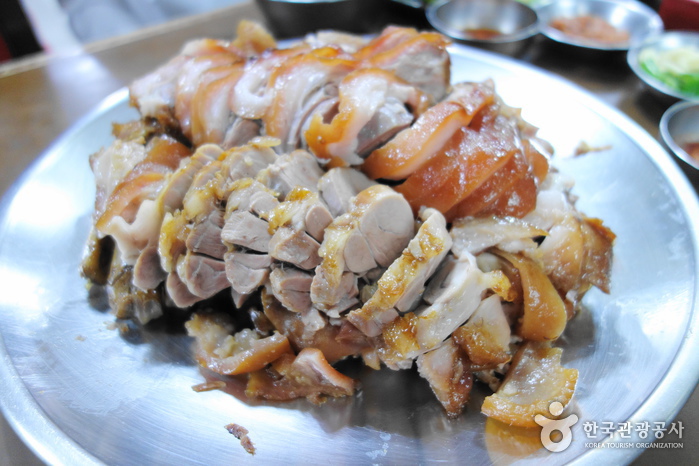

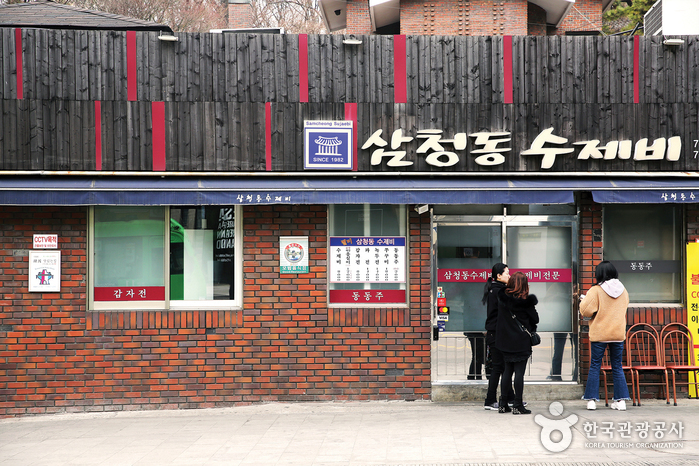
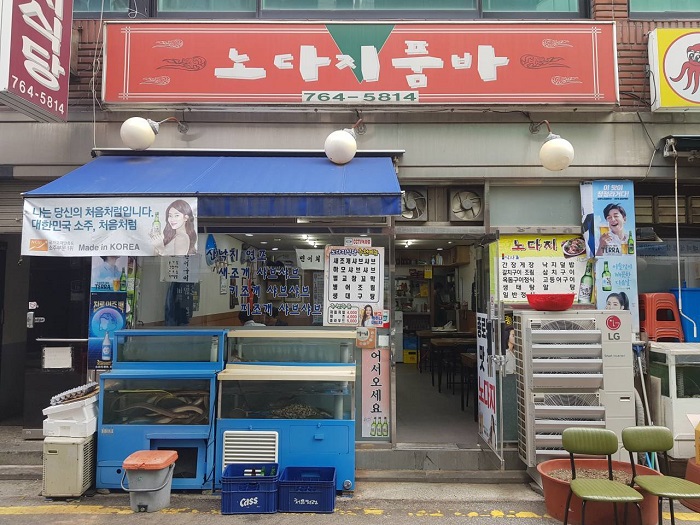
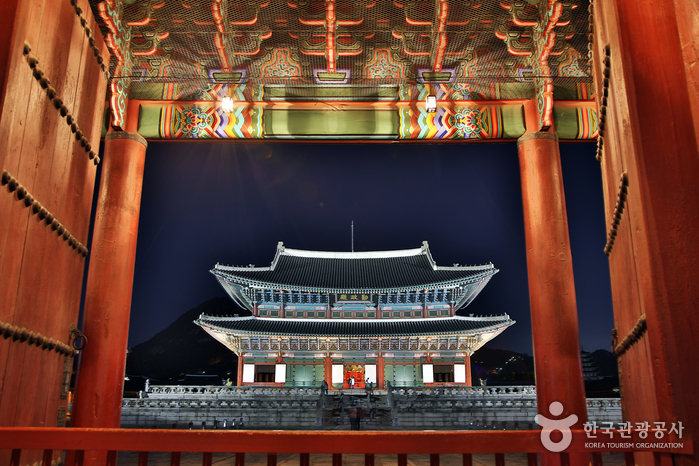
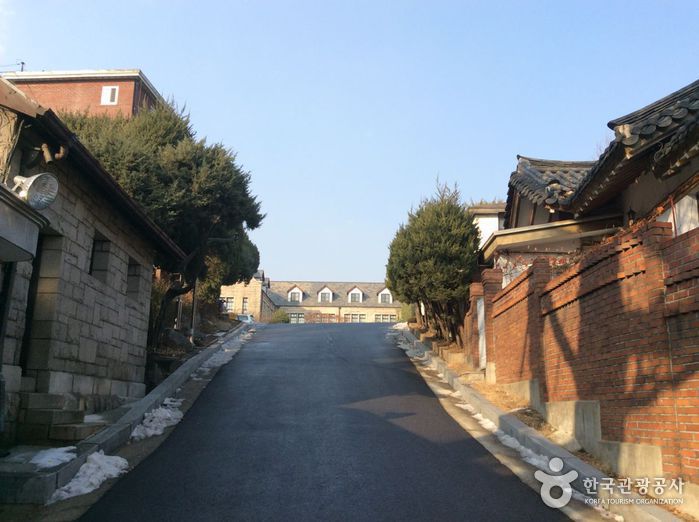
 English
English
 한국어
한국어 日本語
日本語 中文(简体)
中文(简体) Deutsch
Deutsch Français
Français Español
Español Русский
Русский